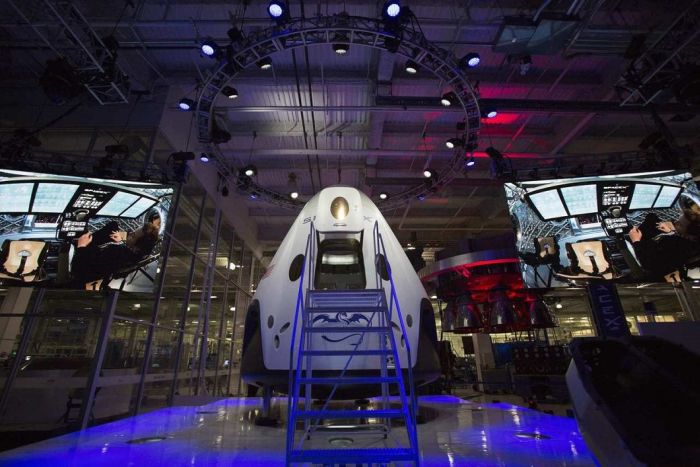|
|
Dragon V2 Spacecraft
|
As a condition of the NASA CRS contract, SpaceX analyzed the orbital radiation environment on all Dragon systems, and how the spacecraft would respond to spurious radiation events. That analysis and the Dragon design – which uses an overall fault-tolerant triple-redundant computer architecture, rather than individual radiation hardening of each computer processor – was reviewed by independent experts before being approved by NASA for the cargo flights.
- Demonstration flights
The first flight of the Falcon 9, a private flight, occurred in June 2010 and launched a stripped-down version of the Dragon capsule. This Dragon Spacecraft Qualification Unit had initially been used as a ground test bed to validate several of the capsule's systems. During the flight, the unit's primary mission was to relay aerodynamic data captured during the ascent. It was not designed to survive re-entry, and did not.
NASA contracted for three test flights from SpaceX, but later reduced that number to two. The first Dragon spacecraft launched on its first mission – contracted to NASA as COTS Demo Flight 1 – on 8 December 2010, and was successfully recovered following reentry to Earth's atmosphere; the mission furthermore marked the second flight of the Falcon 9 launch vehicle. The DragonEye sensor flew again on STS-133 in February 2011 for further on-orbit testing. In November 2010, the Federal Aviation Administration (FAA) had issued a reentry license for the Dragon capsule, the first such license ever awarded to a commercial vehicle.
|
|









